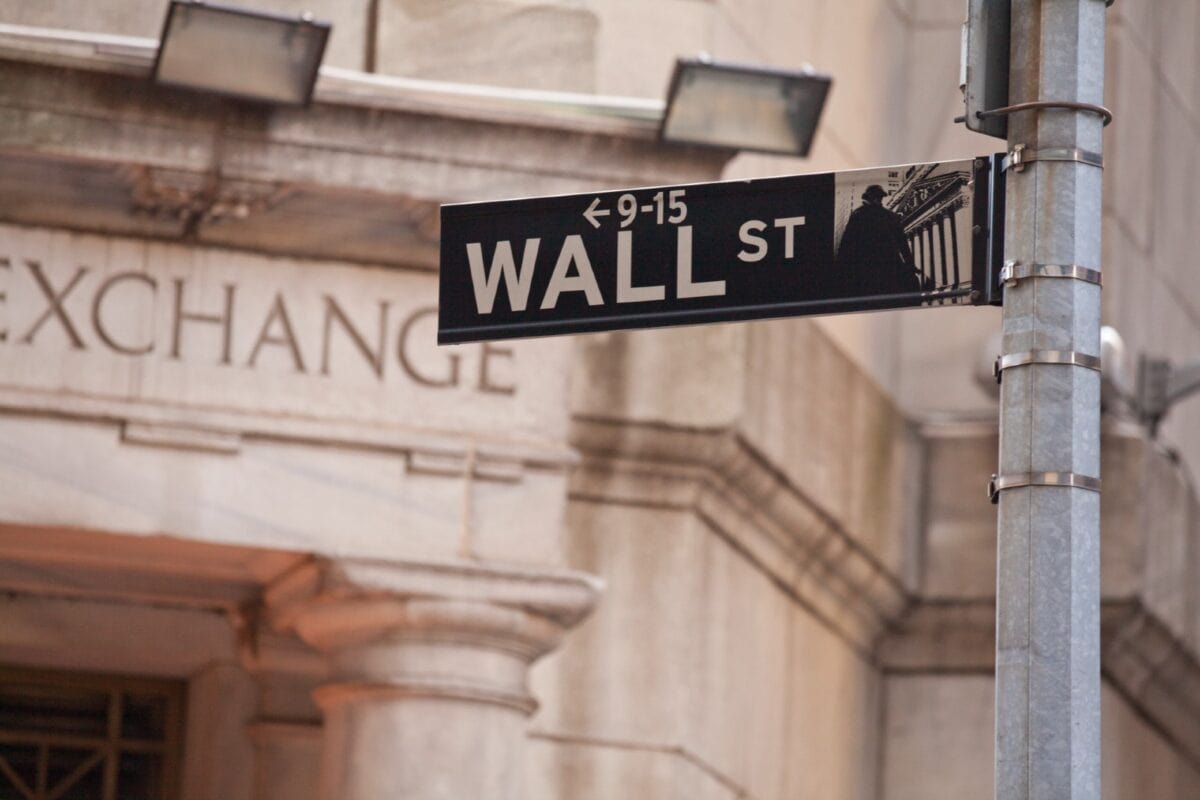The past 12 months have been lucrative for global investors. The S&P 500 has leapt by 23.6% in a year, while the tech-laden Nasdaq Composite has soared by 33%.
Other major indices doing well include Japan’s TOPIX (up 36.7%), with the STOXX Europe 600 up 8.8%, beating the FTSE 100 (+1.9%).
The S&P rules everything around me
Bad news for British investors: our stock market has been disappointing for years. First, it’s shrinking, with the number of companies trading in London falling from 2,429 in January 2015 to 1,900 in July 2023.
Second, even homegrown private companies are choosing to list their shares in New York. In addition, several big UK-listed firms have decided to transfer their listings to the US.
Third, the FTSE 100 has underperformed the S&P 500 for ages. Since the global financial crisis (GFC) of 2007-09, US stocks have persistently and significantly outperformed their UK counterparts.
Here’s how each market index has performed over six timescales:
| Index | FTSE 100 | S&P 500 | Difference |
| One week | +1.1% | -1.7% | +2.8% |
| One month | +2.9% | -0.8% | +3.7% |
| 2024 YTD | +3.4% | +7.4% | -4.0% |
| Six months | +5.2% | +18.4% | -13.2% |
| One year | +1.9% | +23.6% | -21.6% |
| Five years | +7.6% | +74.3% | -66.6% |
One thing I see is that the Footsie has posted single-digit returns over all periods from one week to five years. However, the above figures exclude cash dividends, which I’ll come back to.
Another thing is just how far the UK has fallen behind its US rival over longer periods. How relieved I am that much of my family portfolio has been invested in US stocks for many years.
Also, something unusual just happened. Over one week and one month, the FTSE 100 has beaten the S&P 500. This doesn’t happen that often, but is it this significant? Maybe not!
One sarcastic joke among financial pundits is: “Two data points make a trend.” In other words, we sometimes find patterns in random data that simply aren’t there.
Also, such a short-term outcome shouldn’t be spun into something significant. Even so, it’s good to see the Footsie making a minor comeback after countless years in the ‘value wilderness’.
One cheap share
My wife and I bought various cheap UK shares in recent years, largely from the FTSE 350 index. One I believe still offers classic value characteristics today is Barclays (LSE: BARC).
Since the GFC, Barclays has screwed up many times, paying a heap of fines and compensation along the way. But the Blue Eagle bank’s stock is so cheap that I’m willing to forgive these former foul-ups.
On Friday (12 April), the Barclays share price closed at 182.86p, valuing this British business at £27.6bn. That’s a fraction of its worth before the GFC nearly broke it. Over one year, it’s up 19.5% and it’s 13.6% ahead over five years.
Trading on a multiple of 6.8 times earnings, Barclays shares deliver an earnings yield of 14.6%. This means that its trailing dividend yield of 4.4% a year is covered over 3.3 times by its historic earnings. Nice.
That said, I expect bank earnings to fall in 2024, driven down by larger loan losses and bigger bad debts. Also, I’m expecting weaker credit growth and consumer demand this year. Even so, I’m happy to hold this undervalued share for the long term.







